
Copernical Team
NASA wants to harvest water on moon and Mars, and students think they can help
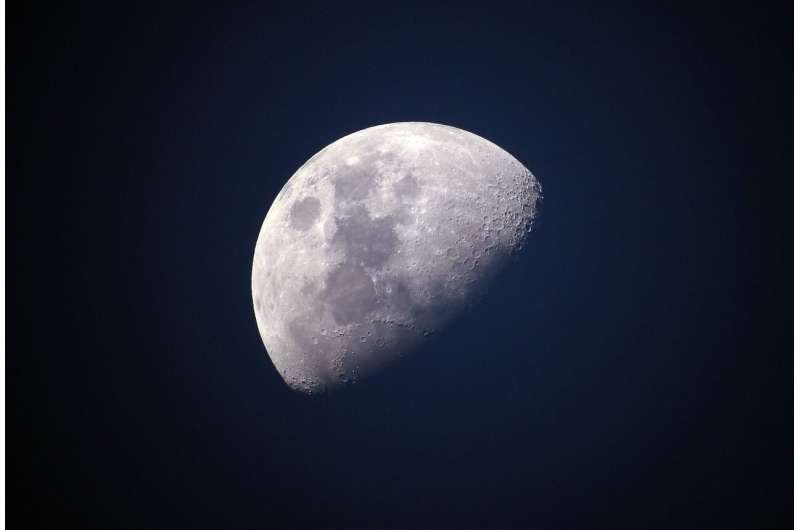
Deep beneath Mars' red clay surface lie ancient oceans now frozen into ice sheets. Earth's moon has hidden water deposits, too—pockets embedded deep inside its rocks.
It's the kind of liquid treasure scientists at NASA hope to one day mine using specialized drilling tools on the moon or Mars.
As NASA looks for new technology to use in space, the agency is mining a different treasure to help develop those tools: the ingenuity of student engineers.
To that end, 10 student teams from universities around the country—including a team from Virginia Tech—gathered Friday at the Hampton Road Convention Center to share prototypes of remote-controlled drilling machines, during the "Moon to Mars Ice and Prospecting Challenge." The event was a three-day competition that began Thursday and ended Saturday.
The students' prototypes attempted to extract and harvest the most water from ice buried within simulated lunar and Martian landscapes—dirt, clay, sand—packed inside giant blue tubs. It's a technology NASA needs. Rather than sending tons of water into space with the astronauts, it's easier and saves millions to extract the water there.
"The most interesting thing about this is it has to be completely hands off.
Blue Origin unveils next flight, TMZ says Captain Kirk to be aboard
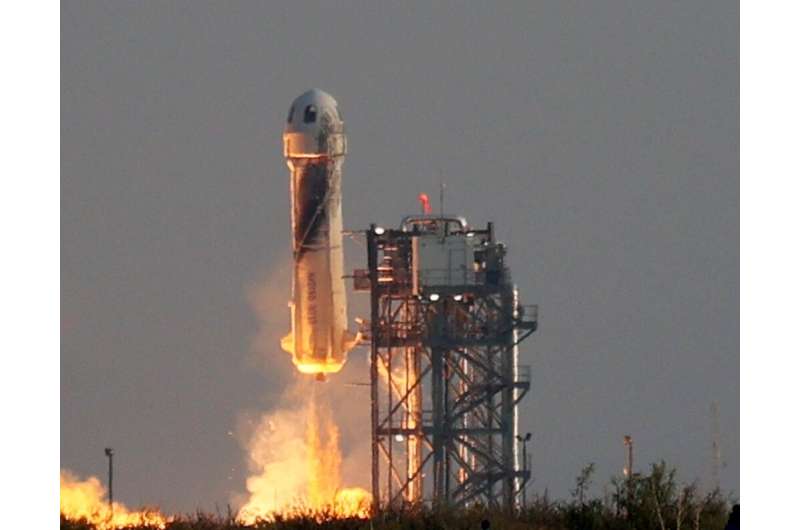
Blue Origin, the space company owned by Amazon's Jeff Bezos, announced plans on Monday for its next flight and the news and entertainment website TMZ said it may include a celebrity astronaut—William Shatner, who played Captain Kirk on "Star Trek."
TMZ reported that the 90-year-old Shatner would be on the October 12 voyage, making him the oldest person ever to go to space.
Blue Origin revealed the names of two members of the four-person crew but did not confirm that Shatner would be on the flight.
It said Chris Boshuizen, a former NASA engineer and co-founder of Planet Labs, and Glen de Vries, a co-founder of clinical research platform Medidata Solutions, would be on the rocket and the names of the two other astronauts will be revealed "in the coming days.
China to Korea at night timelapse
 Video:
00:01:52
Video:
00:01:52
Timelapse video made during ESA astronaut Thomas Pesquet’s second mission to the International Space Station, “Alpha”. The camera is setup to take pictures at intervals of two a second, and the pictures are then edited into this video that plays at 25 pictures a second. The video is around 12 times faster than real speed.
Thomas shared this video on social media with the caption:
“A night #timelapse over South-East Asia. Green lights of squid fishing, bright city lights of Hong Kong and Shanghai followed by Seoul until the border of the Korean peninsula closes on a pitch black
ESA Open Day 2021
 Video:
00:01:09
Video:
00:01:09
What’s coming next in space? Find out at our virtual ESA Open Day on Sunday 3 October, from 1300 – 1600 CEST (1200 – 1500 BST). Your chance to talk to the people behind future space missions, get close-up views of space hardware and hear from astronaut Alexander Gerst. The Open Day is open to anyone; all you have to do is register to attend.
Microgravity on demand with Earth return through ESA’s Boost!

A new round-trip commercial space transportation service from 2022, backed by ESA, will enable companies to manufacture in space very pure and more capable materials, discover new pharmaceutical drugs and bring them back for use on Earth.
Going hyperspectral for CHIME

With Covid restrictions a little more relaxed, scientists from Europe and the USA were finally able to team up for a long-awaited field experiment to ensure that a new Copernicus satellite called CHIME will deliver the best possible data products as soon as it is operational in orbit. This new mission is being developed to support EU policies on the management of natural resources, ultimately helping to address the global issue of food security.
Scientists use seasons to find water for future Mars astronauts
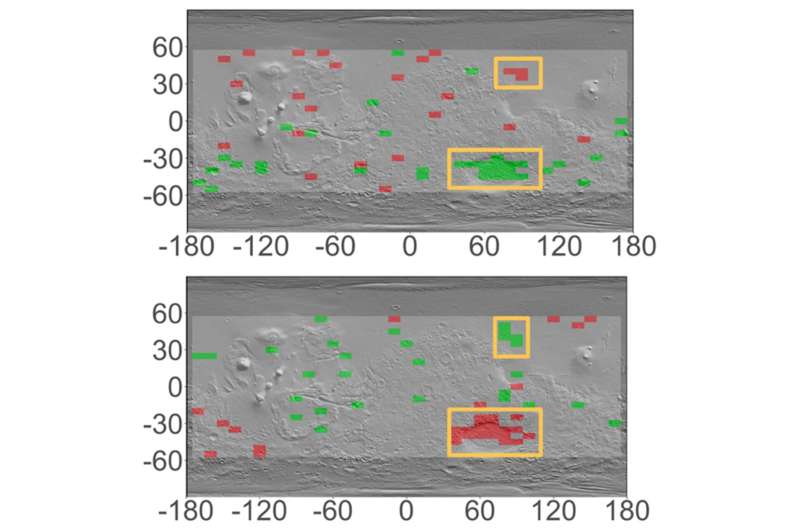
Exotic mix in China's delivery of moon rocks
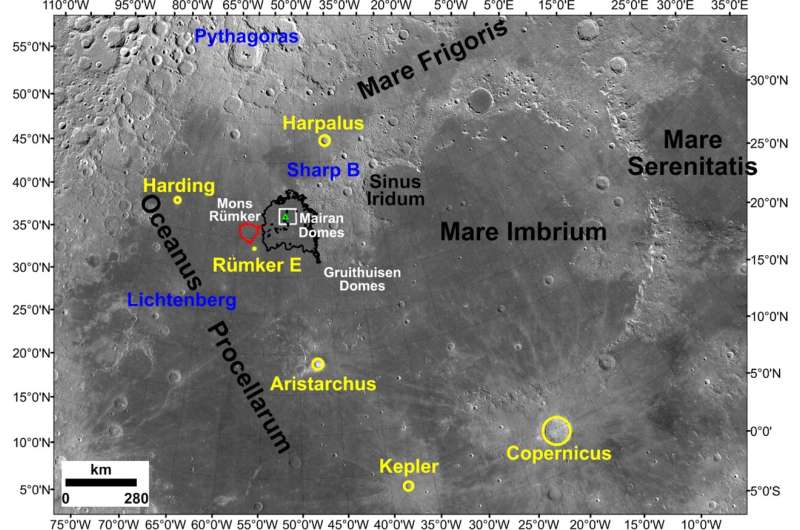
On 16 December 2020 the Chang'e-5 mission, China's first sample return mission to the Moon, successfully delivered to Earth nearly two kilograms of rocky fragments and dust from our celestial companion. Chang'e-5 landed on an area of the Moon not sampled by the NASA Apollo or the Soviet Luna missions nearly 50 years ago, and retrieved fragments of the youngest lunar rocks ever brought back for analysis in laboratories on Earth.
Wildfire Map wins top prize at App Camp
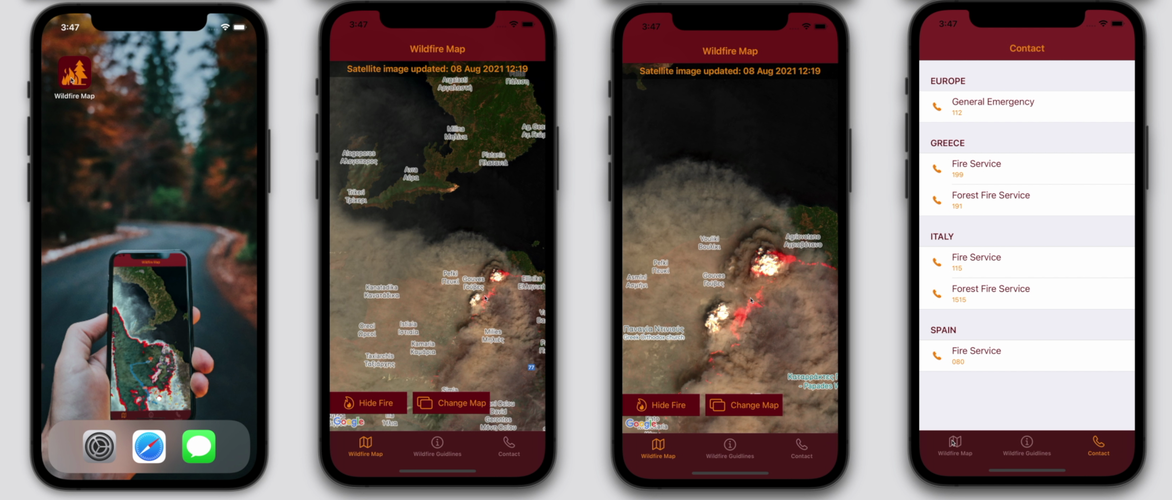
An app that uses satellite data to show the location and impact of wildfires took home the top prize at this year’s Space App Camp.
Week in images: 20 - 24 September 2021

Week in images: 20 - 24 September 2021
Discover our week through the lens

































